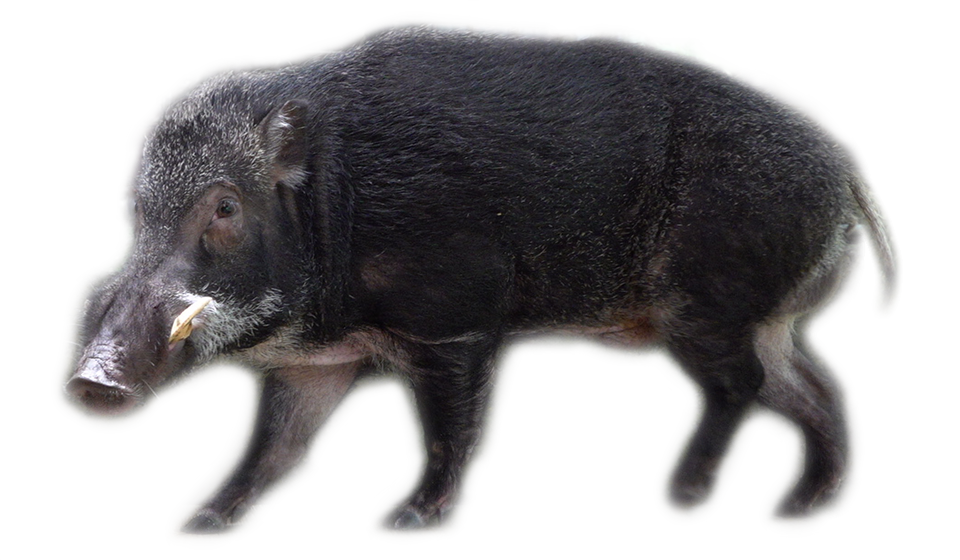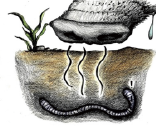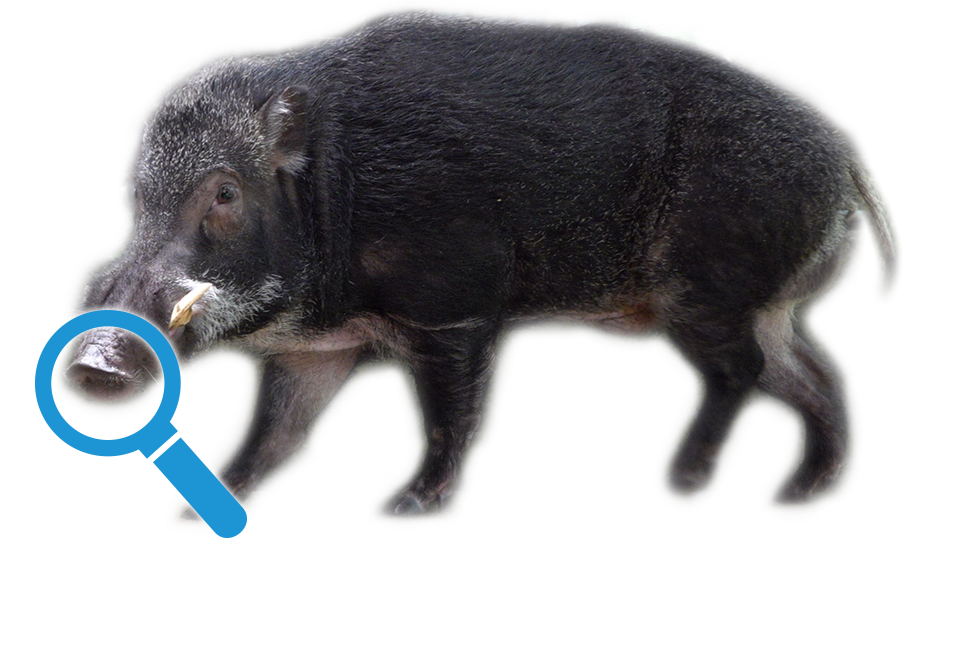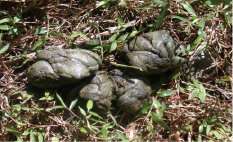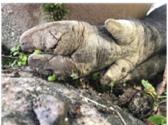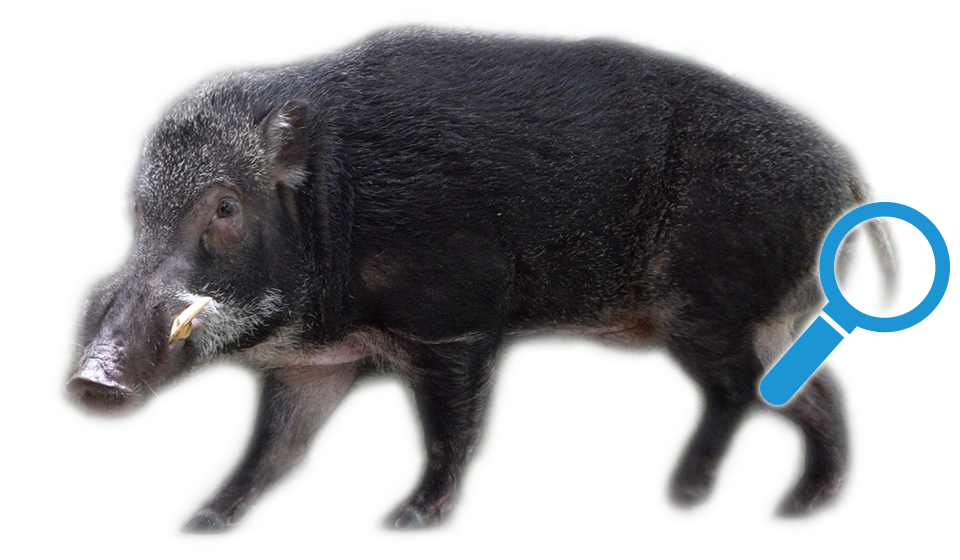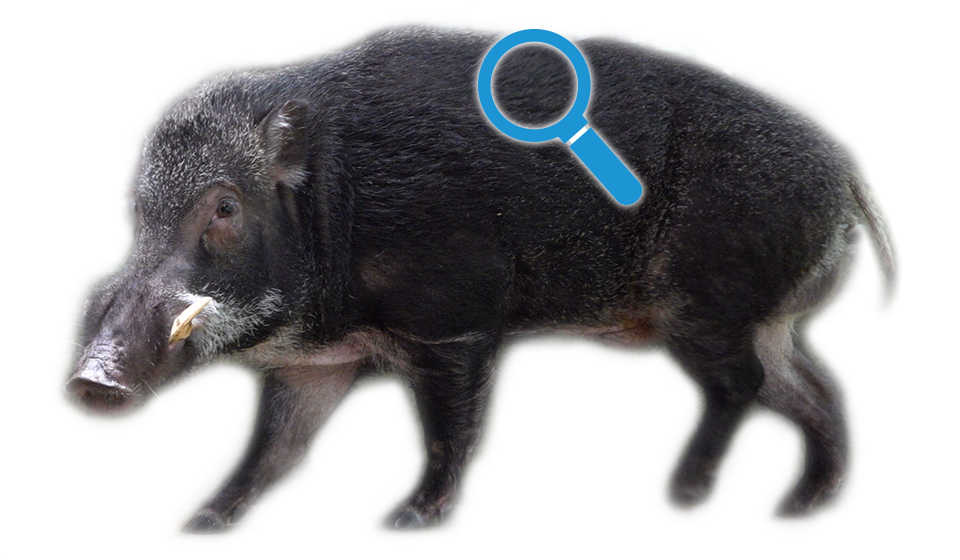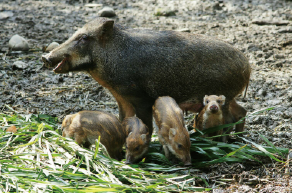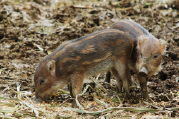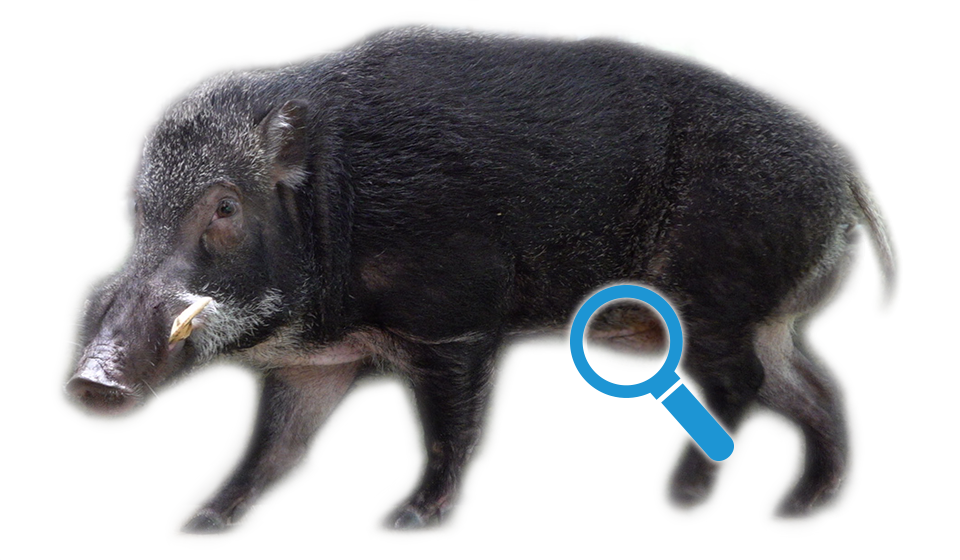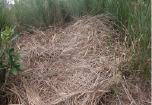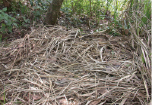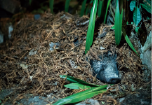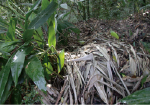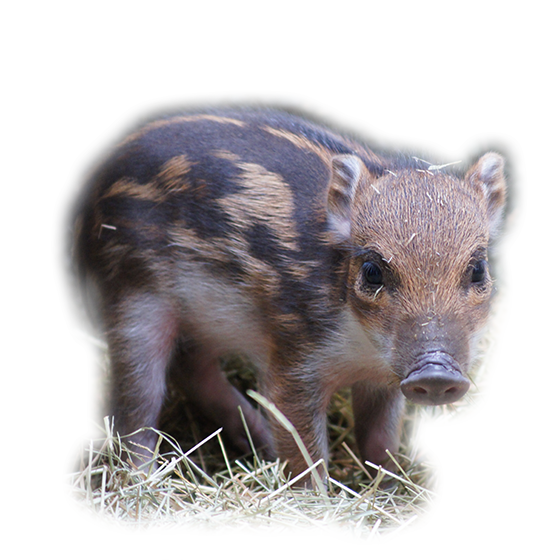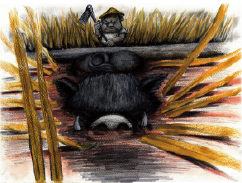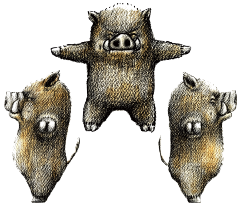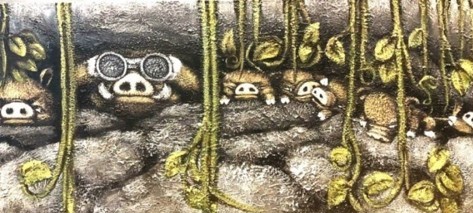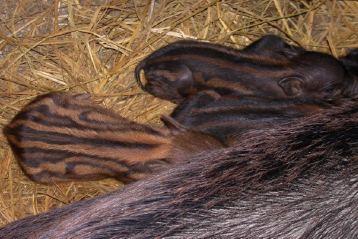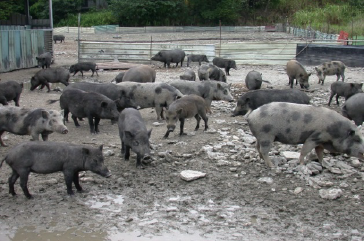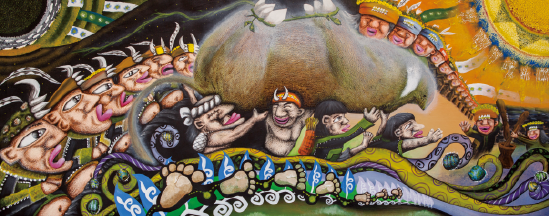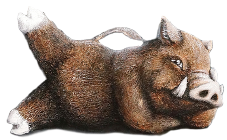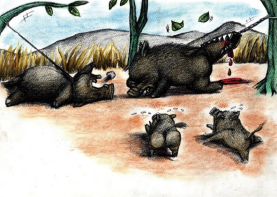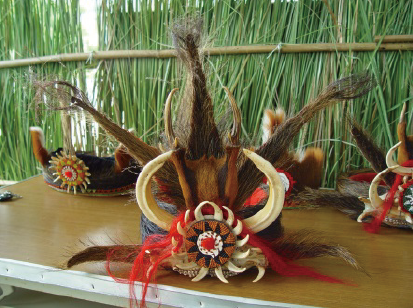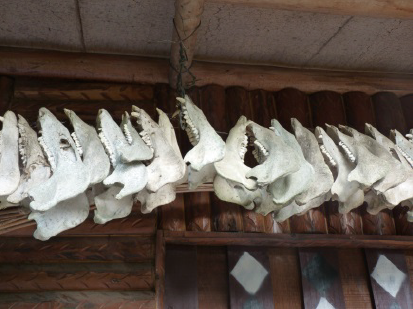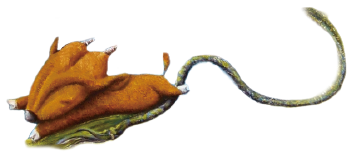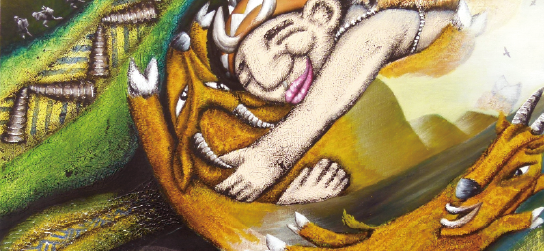Formosan wild boar
Scientific Name:Sus scrfa talvanus
Category:Animalia> Vertebrata > Mammalia > Artiodactyla > Suldae > Sus > Sus scrofa
The Taiwan wild boar is native to Taiwan. It is a unique subspecies that has adapted to live in the coastal plains of Taiwan and in the mountains 3,000 meters above sea level.
In the Formosan Animal Area of the Taipei Zoo, you can explore the origin and distribution of the Taiwan (Formosan) wild boar. You can also learn about physiological and social aspects of wild boar behavior, reproduction and parental care, and the crisis currently being faced by this animal.
We also introduce Taiwanese aboriginal hunting culture and its many facets. We look at the wisdom of the mountain forests, hunting knowledge and skills, the passage of ancestral teachings from generation to generation, and the inherent power of ecological balance, as demonstrated by traditional hunting norms.
